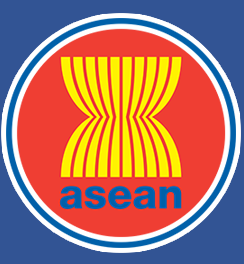ASEAN Journal on Science and Technology for Development
Abstract
Demersal marine fish and invertebrate production data for Southeast Asia (1996–2007) obtained from the Southeast Asian Fisheries Development Center (SEAFDEC) statistical bulletin indicated a reduced production by Thailand largely due to over-exploitation and altered coastal ecosystems. In contrast, increased production by Philippines, Indonesia and Malaysia was due to an increase in mechanised fishing fleets. Moreover, marginal increases in the ecosystem indicators were attributed to increased exploitation of high and mid trophic level organisms suggesting the development of “top-down” cascade effect in the future. In this bioregion, land use pattern affecting water quality coupled with altered monsoonal sequences and rising sea surface temperatures interfere with biological processes. The most apparent manifestations of these disturbances are recurrences of extensive algal blooms and coral bleaching events. Fish mortality as a result of these events threatens to weaken the native biota and facilitate invasions that would modify the trophic dynamics of the coastal habitats.
Publication Date
9-15-2018
Recommended Citation
P., Padate Vinay and U., Rivonker Chandrashekher
(2018)
"Recent Trends of Demersal Marine Fish and Invertebrate Production in Southeast Asia – A Hypothesis-based Analysis,"
ASEAN Journal on Science and Technology for Development: Vol. 35:
No.
1, Article 10.
DOI: https://doi.org/10.29037/ajstd.474
Available at:
https://ajstd.ubd.edu.bn/journal/vol35/iss1/10

